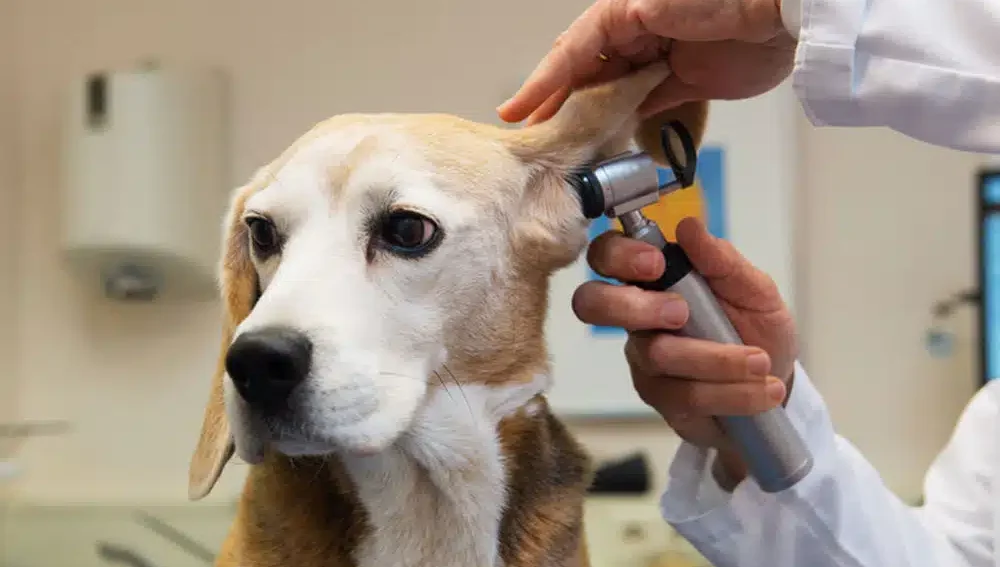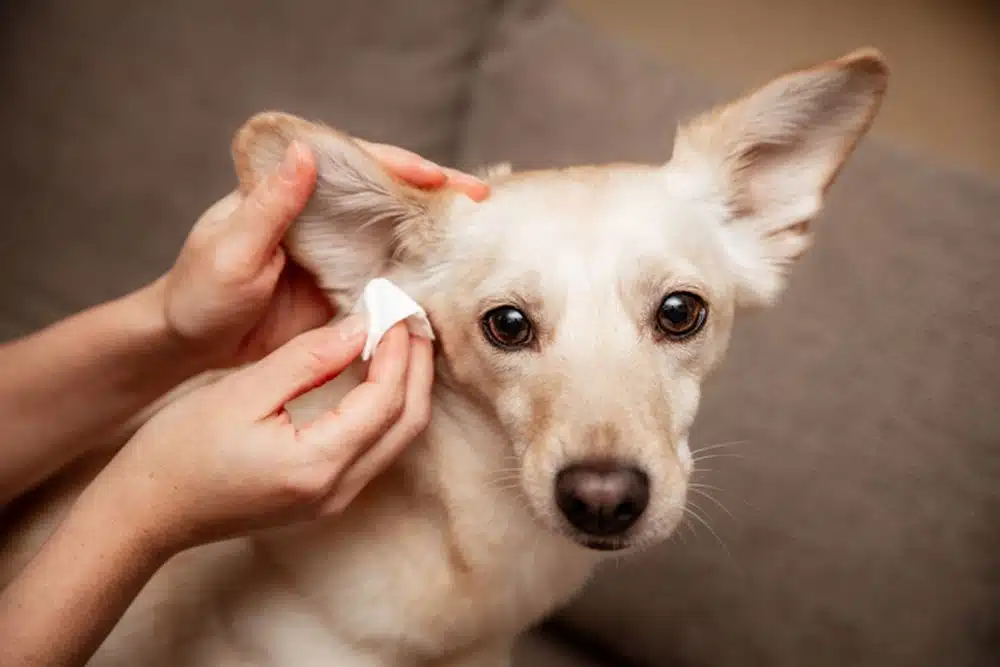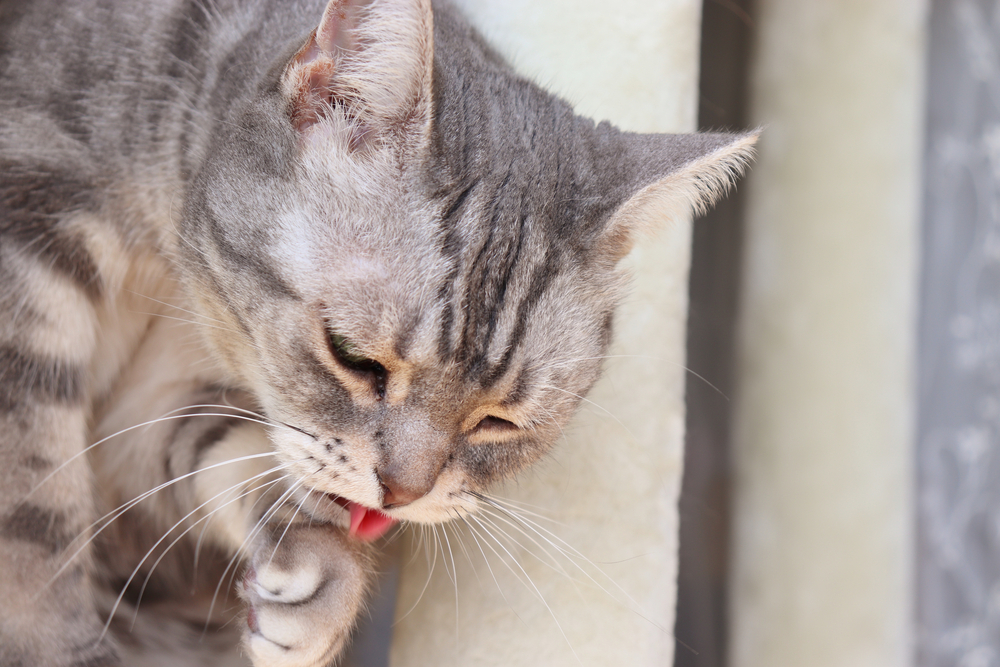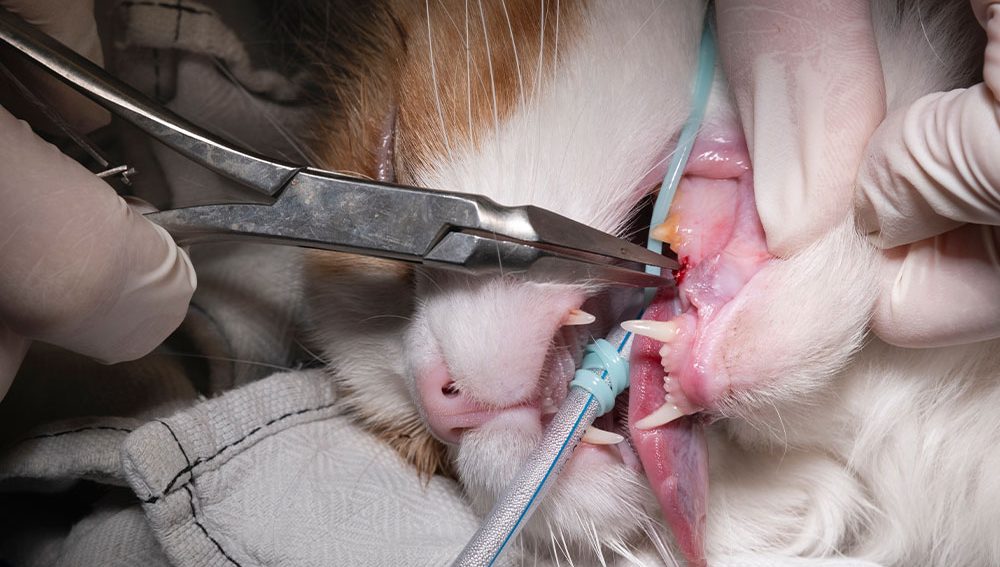
Caring for Pets with Osteoarthritis: A Comprehensive Guide
Supporting Pets With Osteoarthritis Through Every Stage
Do you remember when your pet could leap onto the couch without a second thought, or chase a ball with boundless energy? Now, perhaps you notice a slight stiffness when they rise, or a reluctance to navigate the stairs. Watching your pet slow down because of joint pain is heartbreaking, and it is common to wonder what more you can do to keep them comfortable. Osteoarthritis is a lifelong condition, but with consistent care, pets can enjoy comfortable, active lives. Treatment focuses on reducing inflammation, maintaining muscle tone, and preventing further joint damage. Whether through pain relief, alternative therapies, or lifestyle changes, every small adjustment makes a big difference for pets living with arthritis.
At Harbor Pines Veterinary Center, our experienced veterinary team helps families recognize and manage arthritis at every stage. From routine health exams to advanced pain management and laser therapy, we combine modern medicine with compassionate care to help your pet move comfortably and confidently. Our AAHA-certified practice provides comprehensive in-clinic and mobile services, ensuring your companion receives the finest veterinary care wherever they feel most at ease.
Why Arthritis Awareness Matters
Osteoarthritis is one of the most common causes of chronic pain in older dogs and cats. It develops gradually as cartilage wears down, leading to joint inflammation and stiffness. Because the changes occur slowly, early warning signs can be subtle, which makes regular veterinary evaluations vital for detection. Larger breeds, highly active pets, those with previous injuries, and overweight animals are at increased risk, but arthritis can affect any pet, including smaller dogs and indoor cats.
Our wellness care focuses on early intervention. With consistent monitoring, lifestyle guidance, and treatment adjustments, pets can continue enjoying their favorite routines for years. Early arthritis care often includes dietary recommendations, controlled exercise plans, and regular weight evaluations to reduce stress on the joints. If you notice any change in your pet’s mobility or behavior, schedule an appointment for a joint health assessment. Early care prevents unnecessary pain and keeps your pet active longer.
Recognizing Early Arthritis Signs
Pets rarely show obvious pain until arthritis has progressed. Subtle cues such as hesitation before jumping, difficulty standing, or less interest in play often appear first. These may reflect underlying joint discomfort that deserves attention rather than being dismissed as normal aging.
Dogs may display stiffness or mild limping, while cats might show behavioral changes such as hiding or reduced grooming. You might also see changes in posture, reluctance to use the litter box, or loss of muscle mass near the hips and shoulders. Owners should also watch for common pain signs like whining, restlessness, or changes in sleep patterns. Keeping a simple journal of when you notice these signs, how long they last, and what activities trigger them can be extremely helpful for your veterinarian when planning treatment.
How Veterinarians Diagnose Arthritis
Diagnosing arthritis begins with a detailed physical exam and mobility assessment. Our team evaluates range of motion, muscle tone, and pain response, then discusses your pet’s activity level and past injuries. We may watch your pet walk, turn, climb a step, or sit and stand to see how joints move in real time. Diagnostic tools such as digital radiographs and bloodwork help confirm arthritis and rule out related conditions like ligament tears or spinal disorders.
We may recommend preventive testing for older pets to evaluate organ health before starting anti-inflammatory medications. At Harbor Pines, our in-house labwork and imaging equipment provide same-day answers, allowing treatment to begin immediately and safely. In some cases, sedation is used to obtain clear, comfortable X-rays, especially if joints are very painful. Regular follow-up imaging also helps track progression and fine-tune therapy, ensuring your pet’s comfort is always prioritized. If your pet’s arthritis makes it hard to get them into the car, we can come to you. Ask about our mobile veterinary care options so we can evaluate your pet where they feel most secure.
Comprehensive Arthritis Treatment Options
Medications and Supplements
Nonsteroidal anti-inflammatory drugs (NSAIDs) remain the cornerstone of arthritis management, easing inflammation and improving mobility. These medications are specifically formulated for pets, and it is important never to substitute human pain relievers, which can be dangerous or even life threatening. Supplements containing glucosamine, chondroitin, and omega-3 fatty acids support cartilage health over time and can complement traditional medication. Prescription diets enriched with joint-supporting nutrients may also be recommended to slow degeneration and promote flexibility.
At Harbor Pines, every treatment plan is customized. Our veterinarians monitor liver and kidney values to ensure safe long-term use, adjusting dosages as needed. Follow-up visits help maintain progress and address any changes promptly. We will also talk through realistic expectations, such as how quickly you might see improvement and what signs would mean we should adjust the plan.
Biologic Therapies for Arthritis Pain
Advances in veterinary medicine have introduced targeted therapies that block pain signaling at its source. Librela for dogs and Solensia for cats use monoclonal antibodies to provide lasting relief through monthly injections. These treatments reduce pain without burdening the liver or kidneys, offering a gentle yet effective approach, especially for senior pets with other medical conditions.
Our veterinarians will evaluate whether your pet is a candidate for biologic therapy and integrate it into a multimodal care plan that complements other treatments. Many pets experience improved mobility and a renewed willingness to play within days of their first dose, making these therapies a transformative addition to arthritis management. For families who have tried several medications without success, biologics can reopen possibilities for comfort and activity that once felt out of reach.
Complementary and Advanced Therapies
In addition to traditional medication, non-invasive options like laser therapy can significantly reduce inflammation and stimulate healing. Harbor Pines Veterinary Center provides therapeutic laser sessions to relieve discomfort and support tissue recovery, which is especially beneficial for senior pets or those with multiple health concerns. Sessions are quick, comfortable, and often relaxing for pets.
Acupuncture, massage, and low-impact exercise also play important roles in supporting joint health and circulation. Structured rehabilitation for arthritis focuses on strengthening muscles, improving joint flexibility, and maintaining mobility. This approach helps slow progression while giving pets the confidence to stay active. Simple rehab techniques may include controlled leash walks, figure-eight patterns, or gentle weight shifting exercises that can later be continued at home under veterinary guidance.
These advanced therapies can be paired with lifestyle changes, weight control, and at-home comfort strategies to create a well-rounded, long-term care plan. For pets who struggle with mobility at home, we can recommend orthopedic bedding, ramps, or harnesses that make daily activities easier and less painful.
At-Home Arthritis Support
Owners play a vital role in maintaining progress between visits. Regular warm-ups and cooldowns, short walks, and gentle rehabilitation exercises keep joints limber and blood flowing. Small environmental changes such as ramps, rugs, soft bedding, and stable flooring also protect against strain. Keeping nails trimmed and maintaining a healthy weight further reduces joint stress and makes it easier for pets to rise and walk without slipping.
Weight management is a key component of maintaining mobility. Extra pounds significantly increase the workload on already sore joints. Pets kept at a lean body weight live longer and can move around more comfortably than overweight pets. Our team can help you choose appropriate diets, feeding amounts, and activity plans so weight loss feels safe and sustainable rather than stressful.
Supporting Senior Pets Beyond Arthritis
Arthritis often appears alongside other age-related conditions such as obesity, thyroid disease, or cardiac issues. A holistic approach that includes nutrition management, diagnostic screenings, and tailored exercise optimizes overall health. Balanced, joint-friendly diets and regular wellness checks ensure that arthritis management supports the pet’s whole-body wellbeing, not just their joints.
Our comprehensive services include dental care, bloodwork, and surgical options when needed, ensuring we address the full spectrum of senior wellness. We believe that managing arthritis means supporting every aspect of your pet’s wellbeing, from mobility and nutrition to mental enrichment and comfort. When all of these pieces work together, senior pets are far more likely to stay engaged with family life and maintain the routines they love.
Taking the First Step Toward Relief
Arthritis does not have to limit your pet’s joy or mobility. With early diagnosis, thoughtful treatment, and consistent support, your companion can remain active and content for years. Even if arthritis is already advanced, there are almost always steps we can take to ease pain and improve daily comfort.
At Harbor Pines Veterinary Center, we take pride in providing modern, compassionate care for every patient. Whether your pet needs a detailed joint evaluation, customized pain management plan, or laser therapy session, our AAHA-certified team is ready to help. We are here to listen to your concerns, evaluate your pet with care, and build a plan that feels realistic for your household.
Request an appointment today and let us design a personalized arthritis management plan that keeps your pet moving comfortably, because they deserve nothing less than the finest care in their golden years.

















